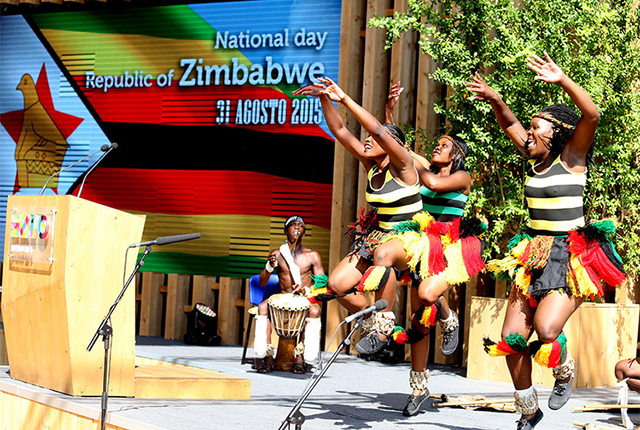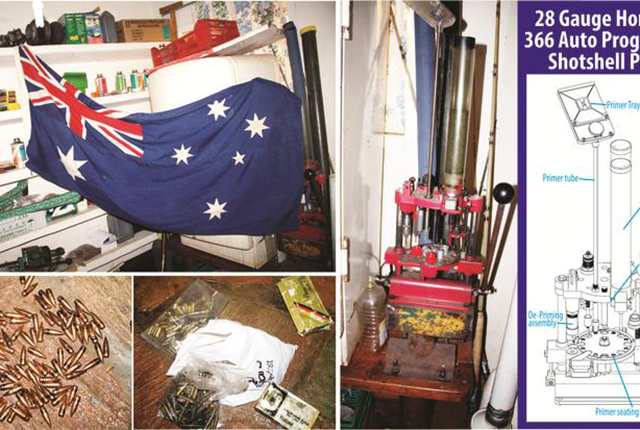Understanding history, heritage


In Zimbabwe, dance is one of the authentic ways of presenting and preserving traditional culture and heritage
Christopher Farai Charamba : Correspondent
History is a complex school consisting of varied components. One such component is heritage, which increasingly has been preserved and displayed in many ways so as to exhibit various periods and aspects of the past. However, the packaging of heritage in museums and heritage sites has in a way altered the manner in which history is experienced for various reasons.The definition of heritage as a concept is not specific. David Harvey questions whether it is not just “all things to all people.” Harvey goes on to cite heritage as “virtually anything by which some kind of link, however tenuous or false, may be forged with the past.”
Using this latter definition, it is evident that defining heritage specifically is fairly difficult. The concept of heritage is subjective as it is up to interpretation of those referencing something to the past.
Heritage preservation is directly related to cultural heritage. This concept of cultural heritage is one which has been continually evolving. The Venice charter of 1964, focused on tangible cultural heritage mainly architectural heritage; monuments and sites. This, however, was an incomplete analysis as it overlooks the intangible cultural heritage.
Intangible cultural heritage includes music, dance, drama, games, ceremonies, martial arts and other related arts and crafts, as well as production techniques for food and other kinds of daily needs that historically, academically and artistically had great value.
This intangible heritage is the aspect of a culture that exist within a people through their daily activities and interactions. It exists in their language and communication and tends to be dynamic without a fixed form.
According to UNESCO, it is “the practices, representations, expressions, knowledge, skill — as well as the instruments, objects, artefacts and cultural spaces associated therewith — that communities, groups and, in some cases, individuals, recognise as part of their cultural heritage.”
Seke Katsamudanga argued that “the preservation of intangible heritage in monuments and sites is best left to traditional leadership and the communities utilising these values. They are the ones who know what is important to them from the vast cultural past bequeathed to them by their ancestors.”
In his writing, he cites an example of rain-making ceremonies in Manicaland. “The community of Zimunya has managed to preserve and continue to use their rain-making shrines.
“In January 2003 during an archaeological expedition in Manicaland, the then-acting Chief Zimunya ‘successfully’ performed some rituals to stop mysterious appearances of mermaids that were occurring at a dam in the Vumba commercial farms,” he said
The preservation of heritage entails maintaining and sustaining any and all aspects relating to human experience and history. Wim van Zanten said it is “ensuring that certain social practices and representations are maintained”.
With regards to cultural heritage this forges a link between the tangible and the intangible. In contemporary times it can be noted that a correlation exists between the tangible and the intangible. An artefact, monument or building may be preserved, however, without the practice or context in which it was used for being there, then it is incomplete in its portrayal of its history.
The intangible cultural history bridges the gap between the physical existence and the narrative of its existence.
Museums are popular custodians of heritage. They serve as cultural centres for their communities. Their traditional role has been to collect, conserve, research, and display physical objects, both natural and cultural, from the past.
With the move towards integrating the intangible cultural heritage, the role and objective of museums has been modified in recent times.
The difficulty, however, exists in that culture is a dynamic force that evolves and changes with the passing of time. As such, the strict preservation of intangible cultural heritage is curtailed by the evolution and adaptation of cultural practices.
Various means have been adopted in an attempt to package the intangible cultural heritage. In Central and South America, community based museums serve as custodians of the culture as well as community centres.
Eco-museums have also managed to illustrate the link between the tangible and intangible by highlighting elements of the latter through nature. In Japan and Korea, museums have built programmes and exhibitions based on traditional cultural programmes and practices.
Another form of museum which serves to preserve cultural heritage is a Living Museum. According to the Living Cultural Foundation Namibia, a Living Museum is “an authentic way of presenting traditional culture . . . (It) is a settlement of a group, built in the same way the settlements had been built before the European in? Hence started to change their (landscape)”
Living museums are said to provide a cultural school for tradition as well as providing the additional tourist experience.
With regards to museums and other historical monuments displayed, it can be considered that heritage is packaged, preserved and displayed in such a manner so as to tell a subjective narrative based on those that have commissioned the project. This focus is mainly towards the tangible heritage as without the intangible it is left up to the interpretation of those observing.
The same conundrum exists where intangible heritage is concerned. Based on the dynamic nature of culture, museums that seek to preserve cultural heritage are only able to put on display what they are able to package.
Although objective attempts are made, imitating real life is a challenge as the product is staged or simulated and therefore not entirely authentic. Heritage preservation and the actual experience of history are inconsolable.
Using factual information from the past, history is forged as relevant information is filtered to produce an account of the past. E. H. Carr states that “the idea of history is that we can learn more about the past, than the past knew about itself.”
The experience of history, however, is difficult to create. Due to the fact that some and not all facts are selected, the exact conditions cannot be replicated to give a comprehensive stance on the matter. The interpretation of the facts can also alter the meaning of what transpired.
Reconciling the preservation of heritage and the experience of history is also impeded by societal changes. With regard to living museums, although they seek to provide a live exhibit of the life of a certain group of people, this too contains inaccuracies as the context of this settlement has changed.
Context is very important in history as something taken out of its original context can alter the meaning of what it is or can render it unusable. The context in which living museums operate is different from the context in which the actual existence took place. This altered meaning changes the relationship that exists with the experience of history.
It is also important to consider the reasons for and the conditions set for establishment and preservation of cultural heritage. The erection of monuments carries with it a reason, sometimes as a reminder of things that happened in the past.
As such this history may be biased to one side and therefore the full experience of history is incomplete. Intangible cultural heritage can also carry bias as it may favour one group over others.
Both tangible and intangible cultural heritage are important to knowing and understanding aspects of the past. The difficulty however exists in that they do not offer a comprehensive view of history. Humankind may therefore are forced to live with this realisation but not abandon attempts to understand their history.








Comments